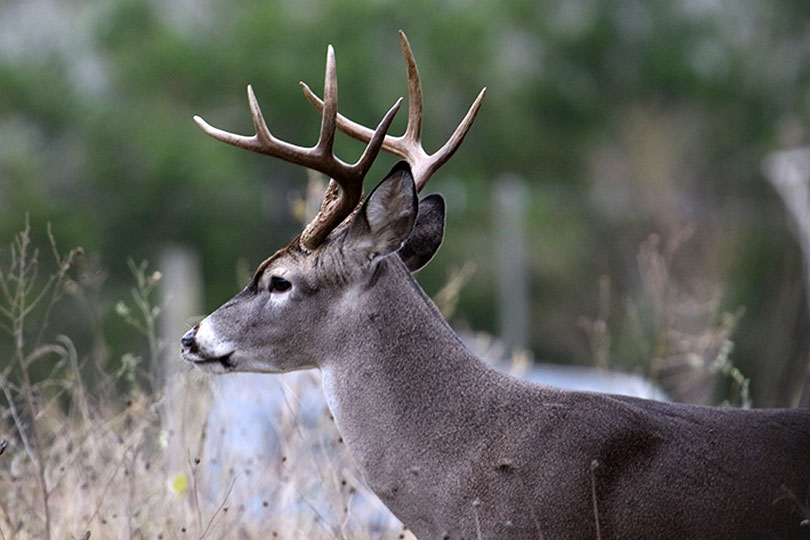By Jennifer Dorsett
Field Editor
With the white-tailed deer hunting season officially opening across the state this weekend, Texas Animal Health Commission (TAHC) reminds hunters in South Texas that additional protocols must be followed when handling white-tailed deer and other cervids to help stop the spread of fever ticks.
“Hunters play a critical role in protecting our state from the further spread of fever ticks,” Angela Lackie, assistant executive director of TAHC Animal Health Programs, said. “We are asking for their help this hunting season to ensure this tick is not inadvertently transported to unaffected areas of the state when harvested deer or exotics are moved from fever tick-infested areas.”
White-tailed deer, nilgai antelope, black buck, axis deer and other exotic cervids harvested on premises under fever tick quarantines must have the animals inspected and treated by a TAHC or U.S. Department of Agriculture (USDA) representative before removing the carcass, hide, cape, head or animal from the premises.
“These steps are critical because the nymphs, one of the life stages of the cattle fever tick, can be very tiny and can easily go unnoticed,” TAHC Laredo Region Director Dr. Muzafar Makhdoomi said in an interview with the Texas Farm Bureau Radio Network. “That’s why all capes have to be removed and treated, because even though we’re pulling off the adult ticks, which are larger in size and visible to the eye, there’s still going to be that possibility that some of the ticks are smaller, and we may not be able to see them.”
Those tiny pests can cause big problems if allowed to reproduce, he noted.
“There’s a chance that nymphs, which are present on the hide, will molt to an adult, drop off and start a whole new infestation,” Makhdoomi said. “I want to emphasize that each adult engorged female can lay up to 4,000 eggs, which means that there could be 4,000 new ticks arising from that egg mass, and it can easily lead to initiation and perpetuation of a new infestation.”
While additional precautions are needed when hunting, moving, capturing or harvesting cervids from quarantined areas, TAHC works to make the inspection and treatment process quick and simple.
“We have put out the phone numbers for our counties on our website, and we have inspectors on duty during normal hours and after hours, including the weekend.” he said. “I just request that hunters please be patient, because there could be multiple calls coming in.”
The only exception to calling the deer hotline is for hunters on the Laguna Atascosa National Wildlife Refuge in Cameron County.
Hunters there will need to go to a designated common location, where a member of TAHC staff will assist them with inspection and treatment of the cape.
It’s fine for hunters to skin the hide on the property they’re hunting, Makhdoomi said. But TAHC strongly recommends hunters put a tarp on the ground before skinning the animal, so any fever ticks that fall off during the process can be gathered by TAHC or USDA staff.
Makhdoomi noted hunters should store the hides in a trash bag, so TAHC can treat those, as well.
Failure to get hides inspected before leaving the area is a criminal offense.
“I want to put the message out to hunters that we’re not looking to fine people. We are looking for cooperation and compliance,” Makhdoomi said. “However, if they move hides without inspection, it would be a level-two offense, and that could range from first offense of between $150 to $300. Recurring offenses can incur an administrative penalty of up to $1,000 dollars, which would be addressed through the local Justice of the Peace codes.”
Portions of Cameron, Jim Hogg, Jim Wells, Hidalgo, Maverick, Starr, Webb, Willacy and Zapata counties have established fever tick quarantines.
A list of contacts, current quarantine maps and more information on fever ticks is available at www.tahc.texas.gov.

